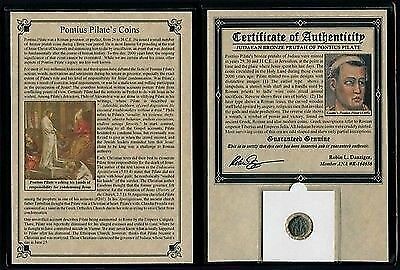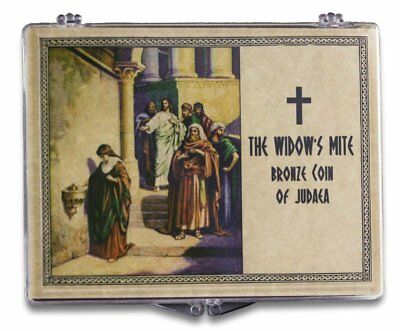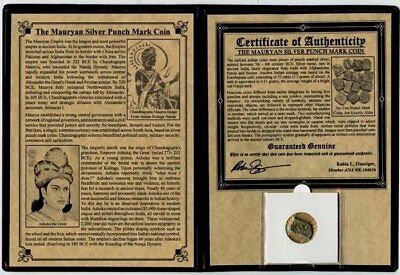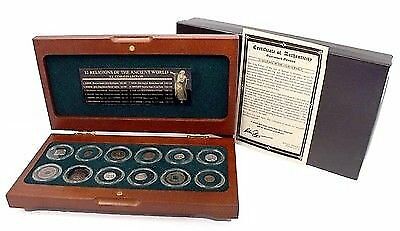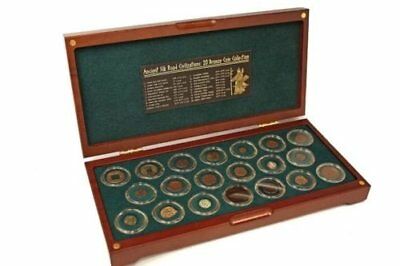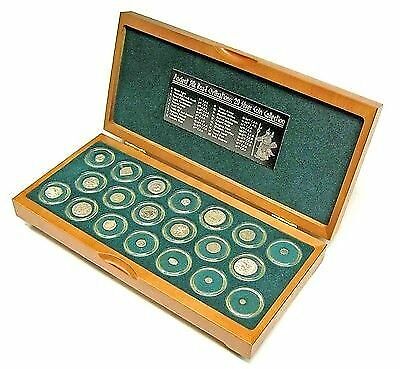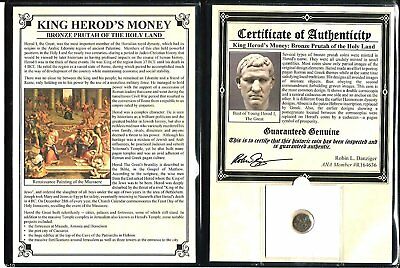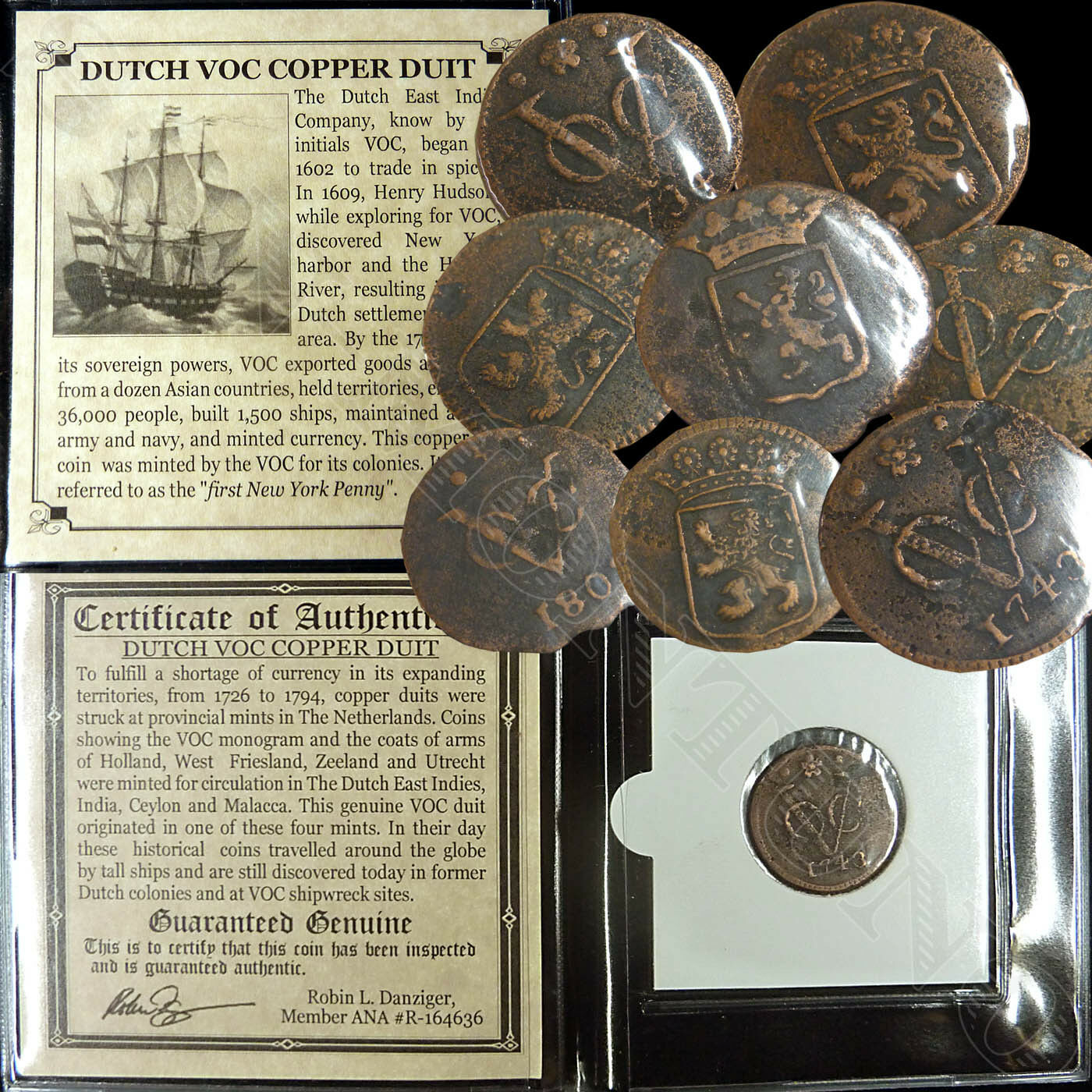-40%
6 Coin Set Of The Most Influential People of Most Popular Religion,Christianity
$ 198.22
- Description
- Size Guide
Description
6 Coin Set Of The Most Influential People of The Most Popular Religion,Christianityin Beautiful Presentation Box.
With well over two billion adherents, Christianity is the world’s most popular religion . This collection of coins, which spans 20 centuries, celebrates six o f the most influential Christian figures. Many martyrs followed their Savior to death in the early years of Christianity, most notably the Apostle Paul, who was executed in the imperial capital of Rome after the provincial governor Porcius Festus sent him there for trial. Other than Jesus Christ Himself, no other individual has had a more profound impact on Christianity than Paul. After his famous conversion on the road to Damascus, Paul became a roving missionary of Jesus Christ, preaching the Good News throughout Asia Minor. His active conversion of Gentiles turned Christianity from an obscure Jewish cult into what is now the world’s largest religion. Constantine the Great, the first Christian Emperor of Rome, established the shape of Christianity. He legalized the religion in the Empire, and worked with the Bishop of Rome to establish the Papacy in that city. He convened the early church fathers at Nicaea to codify the Christian belief system; the resulting Nicene Creed is still a part of Catholic liturgy. Constantine decided to celebrate the Sabbath on Sunday rather than Saturday, to honor the day when Jesus rose from the dead. The Catholic Easter falls on the first Sunday after the first full moon after the vernal equinox, because that’s when Constantine decided it should be celebrated. Constantine popularized the use of the cross as a symbol for Jesus, a stylized version of the chi-rho symbol he saw in his vision before the Battle of Milvian bridge. And it was Constantine who banned the use of crucifixion in the Roman Empire, in deference to Jesus. In the fourth century, Helena, mother of the Emperor Constantine, took a pilgrimage to the Holy Land, which was still in a state of ruin. Her journey to the Holy Places in Palestine in A.D. 326-8, when she was in her late seventies, led to the discovery of numerous relics, including the legendary True Cross of Jesus Christ and the nails of the Crucifixion. She engineered the construction of the Church of the Holy Sepulcher in Jerusalem and the renovation of the Church of the Nativity in Bethlehem and the Church on the Mount of Olives, as well as the chapel at Saint Catherine’s Monastery. Helena is revered as a saint by the Roman Catholic, the Eastern Orthodox, and the Anglican Church—the Patron Saint of New Discoveries. After a century of incredible success expanding the Caliphate by Mohammad, the Rightly Guided Caliphs, and the subsequent Umayyads, the spread of Islam into Europe was thwarted by Charles “The Hammer” Martel at the Battle of Tours in the south of France in A.D. 732. The Franks won the battle despite not having cavalry. Historians describe Tours as “the turning point of one of the most important epochs in the history of the world.” Were it not for Charles’ unlikely victory, Western Europe might have converted to Islam. At the Council of Clermont in 1096, Po pe Urban II called upon Christians to repulse the infidels from the Holy Land. The Franks heeded the call, retaking important Middle Eastern cities from Muslim forces, and establishing a Latin Kingdom in Jerusalem, in what was subsequently known as the First Crusade. The Latin knights would hold Jerusalem for almost 200 years, and would also, in later Crusades, re-take former Byzantine possessions, collectively called Frankish Greece. The subsequent conflict between the Patriarch of Constantinople and the Pope of Rome would exacerbate schism between the Christian church in the East and the West.The Protestant Reformation began on the morning of October 31, 1517, when a German friar named Martin Luthe r nailed a copy of his radical tract The Ninety -Five Theses on the door of Wittenberg Cathedral. Eight years later, Albert of Prussia, the last Grand Master of the Teutonic Knights and an early adopter of Luther’s teachings, established the Duchy of Prussia as the first Lutheran state in Europe—a landmark moment in the spread of Protestantism. Almost half of the world’s Christians today are Protestants. This collection features six genuine authentic coins struck by or relating to the Christian notables described above.
1. Porcius Festus (Under Nero), bronze prutah Country│Yr. of issue Weight │Diameter Obverse: Reverse: Coin image for illustration purpose only Judaea│ AD 60-62 1.8-2.6 g │14.5-17.5 mm Palm branch Legend within wreath This bronze coin was issued by the Roman procurator of Judea, who held the post from AD 59-62. According to Acts of the Apostles, Festus declared Paul insane and sent him to Rome for trial.
2. Roman Emperor Constantine I the Great, bronze AE Country│Yr. of issue Weight │Diameter Obverse: Reverse: Coin image for illustration purpose only Rome│ AD 337-340 1.3-1.7 g │13.5-17 mm Veiled head of Constantine Driving quadriga, hand of god reaching out A bronze coin issued posthumously of the first Christian Emperor of Rome featuring the Manus Dei "Hand of God".
3. Roman bronze coin of Saint Helena Country│Yr. of issue Weight │Diameter Obverse: Reverse: Coin image for illustration purpose only Rome│ AD 317-324 1-2.5 g │13.5-18 mm Diademed, mantled bust of Helena Contemporary political, military
4. Umayyad, copper fals Country│Yr. of issue Weight │Diameter Obverse: Reverse: Coin image for illustration purpose only Western Asia│ AD 661-750 1.3-4.4 g │16-19 mm Arabic script, names, family titles Arabic script, dates and declaration of faith Copper coin issued of the first major Islamic dynasty after the time of the Prophet. It was the Umayyads who lost to Charles Martel at Tours.
5. Frankish Greece, billon denier-tournois Country│Yr. of issue Weight │Diameter Obverse: Reverse: Coin image for illustration purpose only Western Europe│ 13th Century 0.6-1 g │18.5-19 mm Cross pattée Castile tournois These billon coins were issued by the Frankish Crusaders who occupied the former Byzantine possessions known as Frankish Greece.
6. Duchy of Prussia, silver groschen Country│Yr. of issue Weight │Diameter Obverse: Reverse: Coin image for illustration purpose only Prussia│ AD 1534-45 1.7-2 g │22.5-24 mm Bust of Albert facing right Eagle with S on breast
Box measures: 7.25” x 5.5”
All coins in each set are protected in an archival capsule and beautifully displayed in a mahogany-like box. The box set is accompanied with a story card, certificate of authenticity, and a black gift box.
Over 23,000 Positive Feedbacks
ANA
Platinum Member # 3163853
All Items Ship Priority Mail.



